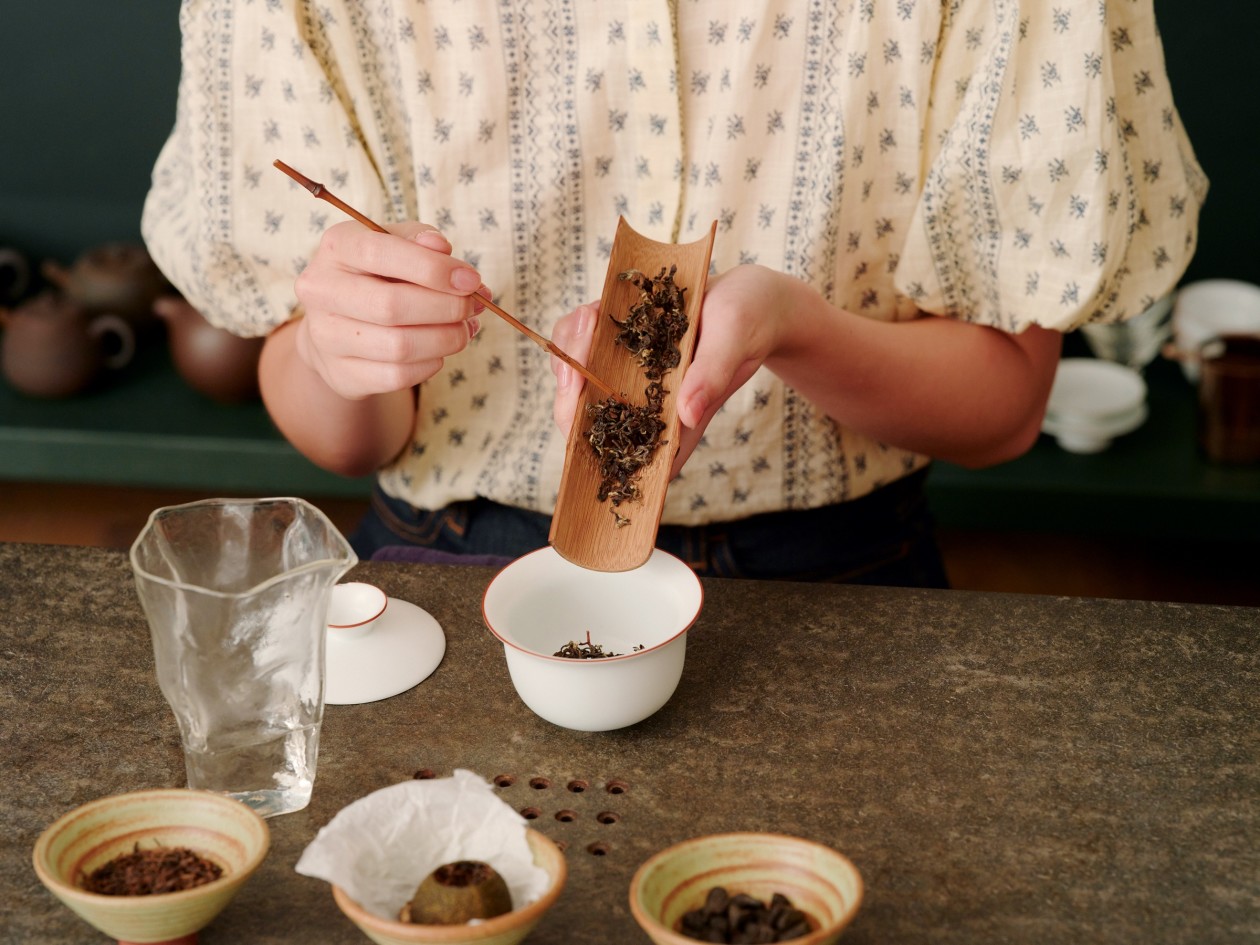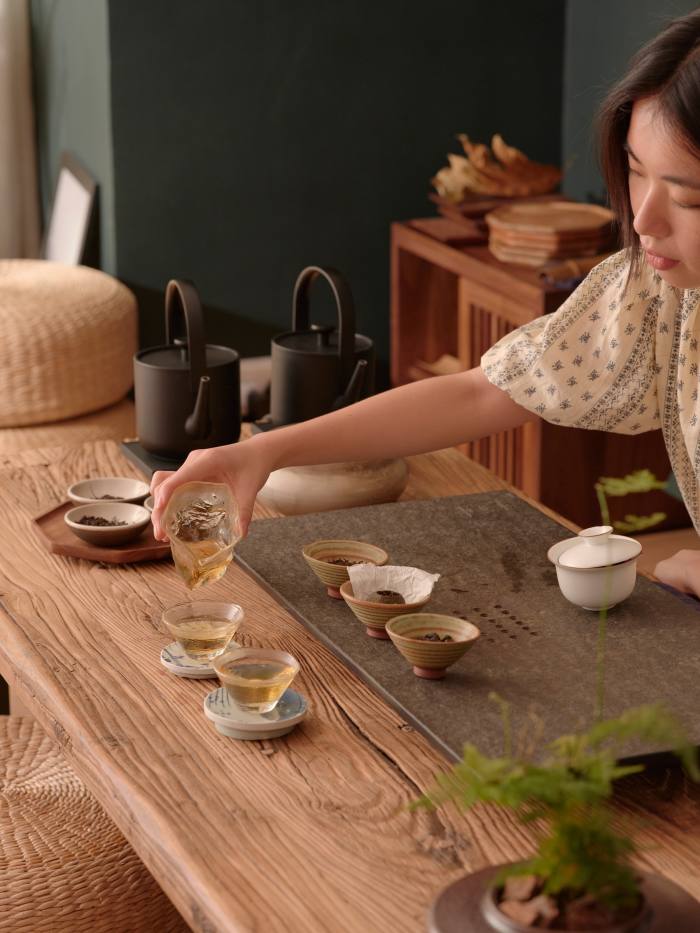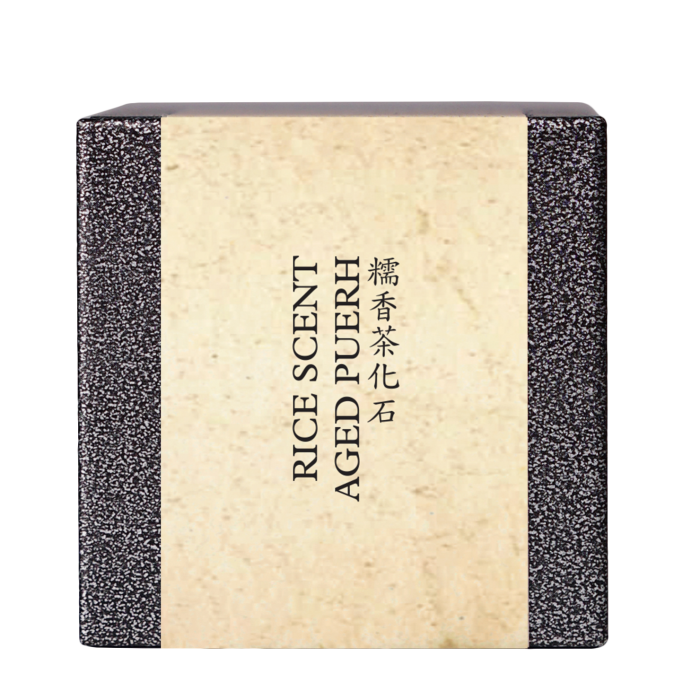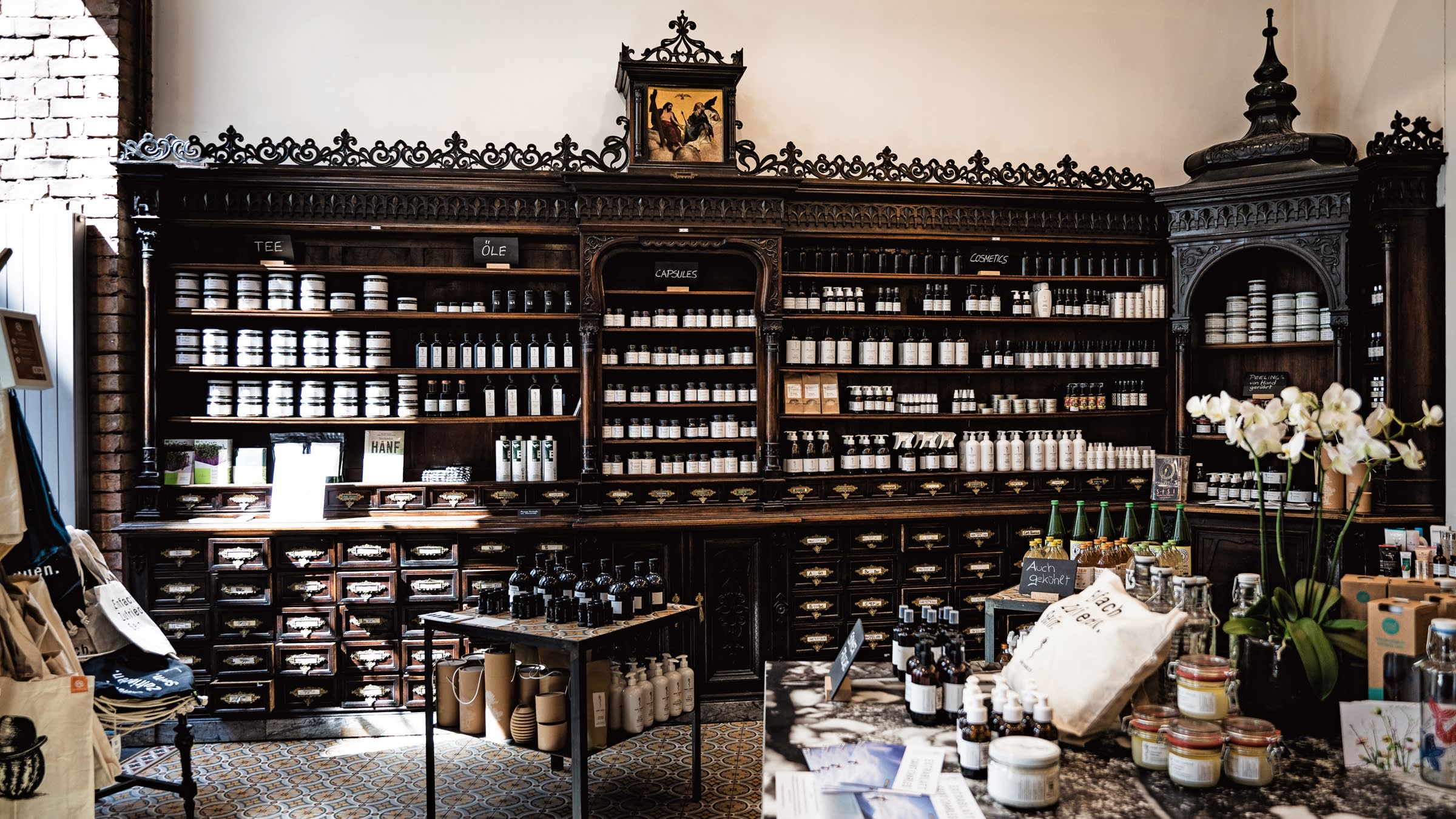Steeping beauty: my love affair with Chinese tea
Despite having spent my childhood in Hong Kong, I grew up knowing close to nothing about Chinese tea. Sure, I enjoyed varieties such as Tie Guan Yin (Iron Buddha) and Longjing (Dragon Well) as palate-cleansers with dim sum, or stole sips from my father’s brews at home. But it always seemed too serious, ceremonial and daunting to really get into; and after studying in London, I was instead drawn to the caffeine kick of an Americano or the ease of PG Tips. It was only when visiting my parents recently – and admitting, not for the first time, that coffee put me in an anxious frenzy – I decided to learn the basics.
A number of accounts detail the origins of Chinese tea. One traces its roots back to around 3,000BC, when legend says tea leaves fell into water boiled for Emperor Shen-Nung. Juyan Webster, the London-based founder of The Chinese Tea Company, places the drink’s discovery closer to 4,000 years ago, when herbalists foraging for medicinal plants came upon Camellia sinensis and recorded its invigorating properties. Over the years, locals identified methods of harvesting, preserving and brewing tea for the best flavour. During the Tang dynasty, which spanned AD618 to 906, tea was China’s national drink; it soon made its way to Japan and Korea, and by the 1800s, tea was introduced to the Middle East via the silk road, as well as Britain and its colonies India, Sri Lanka and Kenya following the Opium Wars.


Yet today, Chinese tea remains a niche luxury abroad, partially due to the dominance of western mass market brands. Another reason is its price: in December 2021, Sotheby’s launched its first online tea auction in Hong Kong with more than 20 lots of Pu-erh, a fermented tea traditionally made in China’s Yunnan Province; an antique tea cake from 1950 went to the highest bidder for $71,600.

Plantation rice scent aged pu-erh, $148 for 40g
Enjoying Chinese tea – a luxury in more ways than one – prizes a slowness at odds with the breakneck pace of modern life. But that’s also its appeal, says Ip Wing-chi, the founder of Hong Kong’s LockCha Tea House. “Tea helps you rest your heart and have a pause in your life. When you’re so busy every day, sometimes you forget how to live. Tea reminds you – you have to stop for 10 minutes or so to really enjoy it.”
Indeed, with its meditative nature, subtle flavours and health benefits, it’s surprising that Chinese tea hasn’t been co-opted by Big Wellness. Besides its antioxidant and anti-inflammatory properties, Webster cites lowering high blood pressure and cholesterol as perks. While teas are generally less caffeinated than coffee, both Chinese green and black teas contain even less than Indian black teas. Moreover, the amino acid L-theanine, which is naturally present in tea and particularly potent in green and white varieties, calms anxiety and balances out its energising effects.

Consider me converted: Chinese tea has become a peaceful part of my everyday routine. I prefer green and oolong in the mornings and afternoons, and have come to crave sips of Pu-erh after dinner. What’s more, there’s no right way to go about exploring thousands of years’ worth of tea. “Chinese tea culture feels less accessible because people are fearful of getting it wrong,” says d’Offay. “They shouldn’t worry; making tea is the simplest form of cooking, you just have two ingredients and time. Spend less money on teaware, and buy better tea.”
This story originally appeared on: Financial Times - Author:Zoe Suen
























